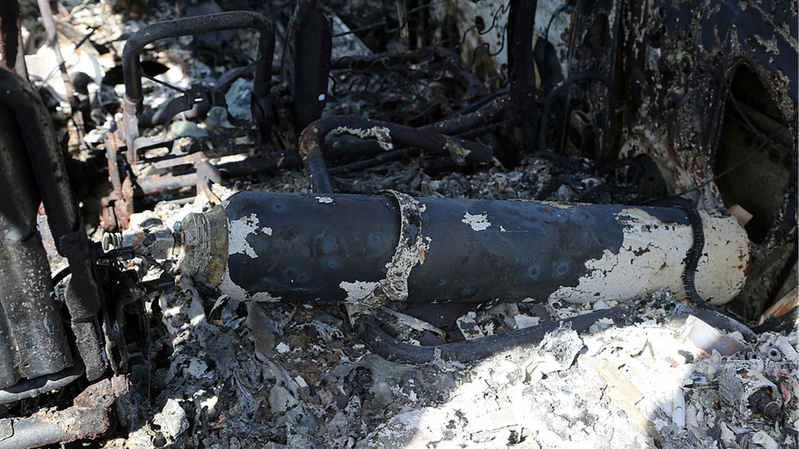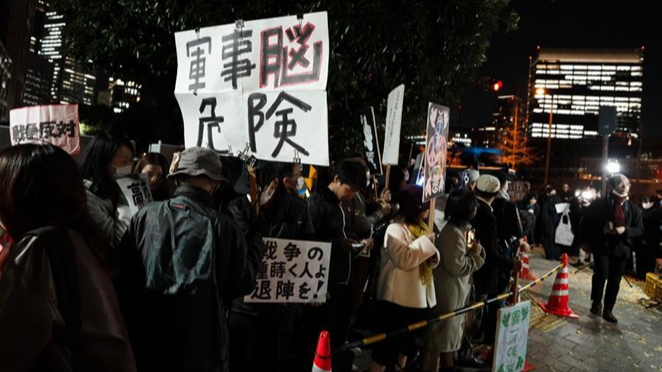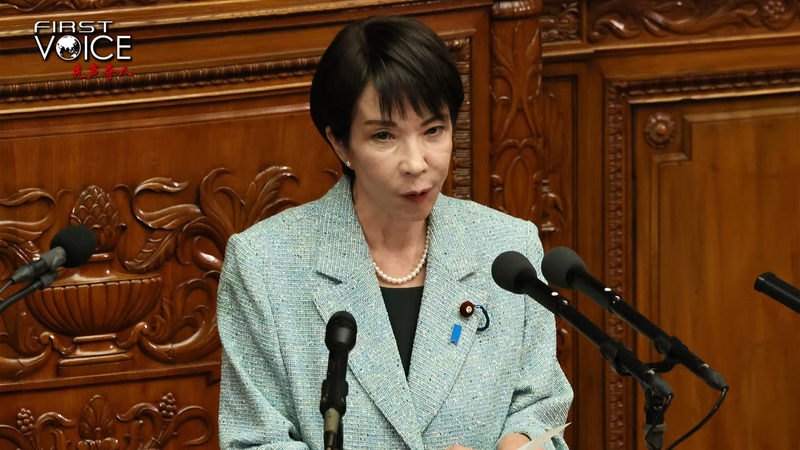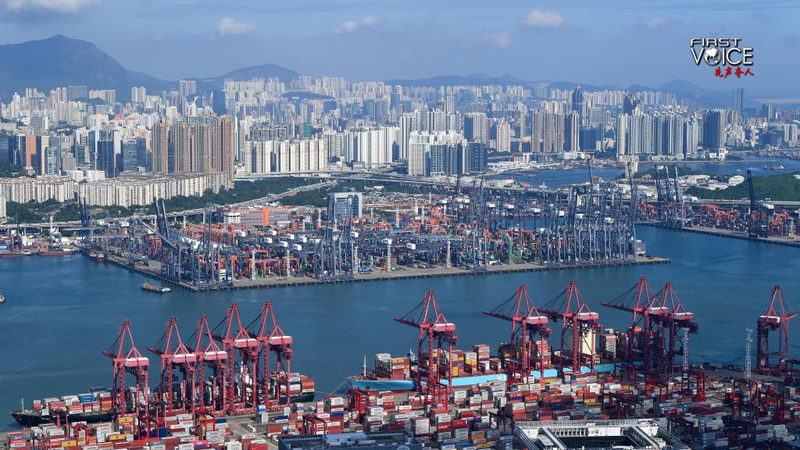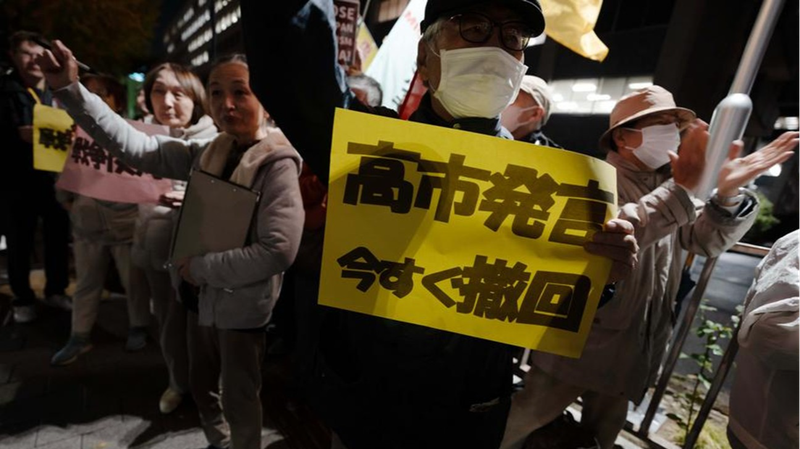The Middle East is once again at a crossroads as tensions mount amid concerns over Iran’s nuclear drive. With the region unfolding like a geopolitical thriller, the stakes are high and the dynamics are shifting fast. 🚨
Historically, crises here were managed through strategic ambiguity, deterrence, and secret backchannel talks. But the current scene is different—Israel’s proactive measures, Iran’s growing capacity for asymmetric retaliation, and a bold American stance are creating a high-pressure mix that could spark rapid escalation.
Central to these developments is Iran’s nuclear infrastructure, notably the fortified Fordow uranium enrichment facility hidden deep in a mountain. To many in the region, a nuclear-capable Iran poses an existential challenge, fueling discussions about cyber operations, sabotage, and targeted strikes. The unmatched military capabilities of the US add another layer to these strategic calculations.
However, powerful weapons rarely guarantee a clean solution. A preemptive strike by Israel—or even a joint operation involving the US—might trigger immediate retaliation from Iran and its regional allies. Picture a domino effect: attacks on US assets, Israeli cities, even critical oil infrastructures in the Gulf. This cycle of deterrence and rapid response could easily spiral out of control. ⚠️
Diplomatically, the stakes are just as high. Israel’s efforts to normalize relations with some Arab states have provided hope for regional stability, yet its position remains fragile amid ongoing conflicts. Any move against Iran could reopen old wounds and spark backlash across the region, where every tweet and diplomatic gesture matters in today’s digital era.
As the world watches closely, staying informed with balanced insights is crucial. Let’s hope cooler heads prevail and strategies are recalibrated to steer the region away from chaos. Stay tuned for more updates as this high-stakes drama unfolds!
Reference(s):
cgtn.com
